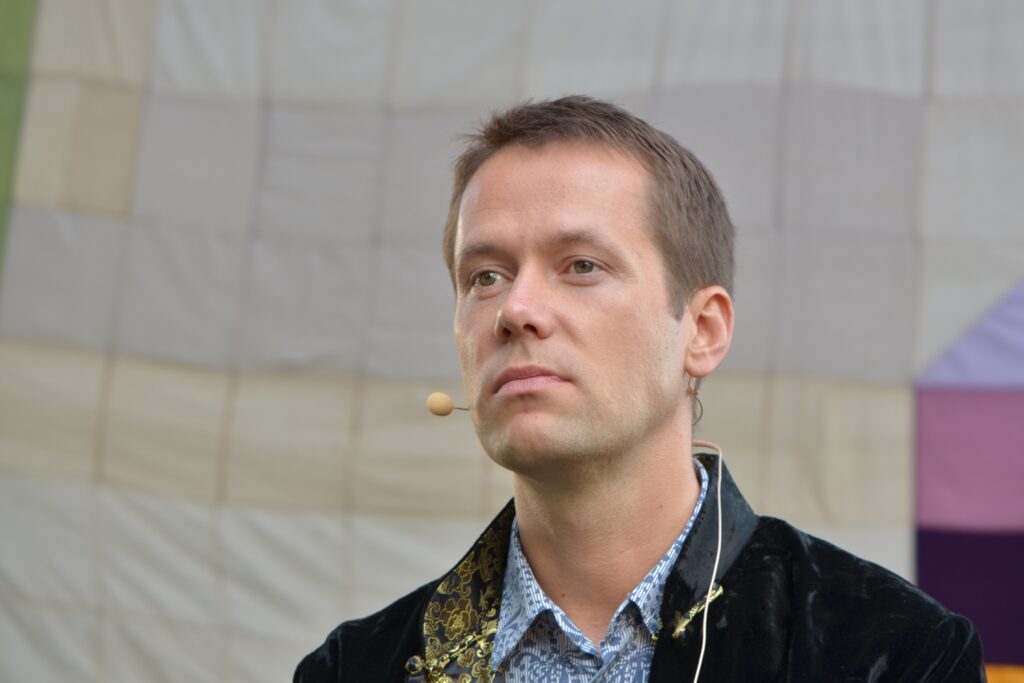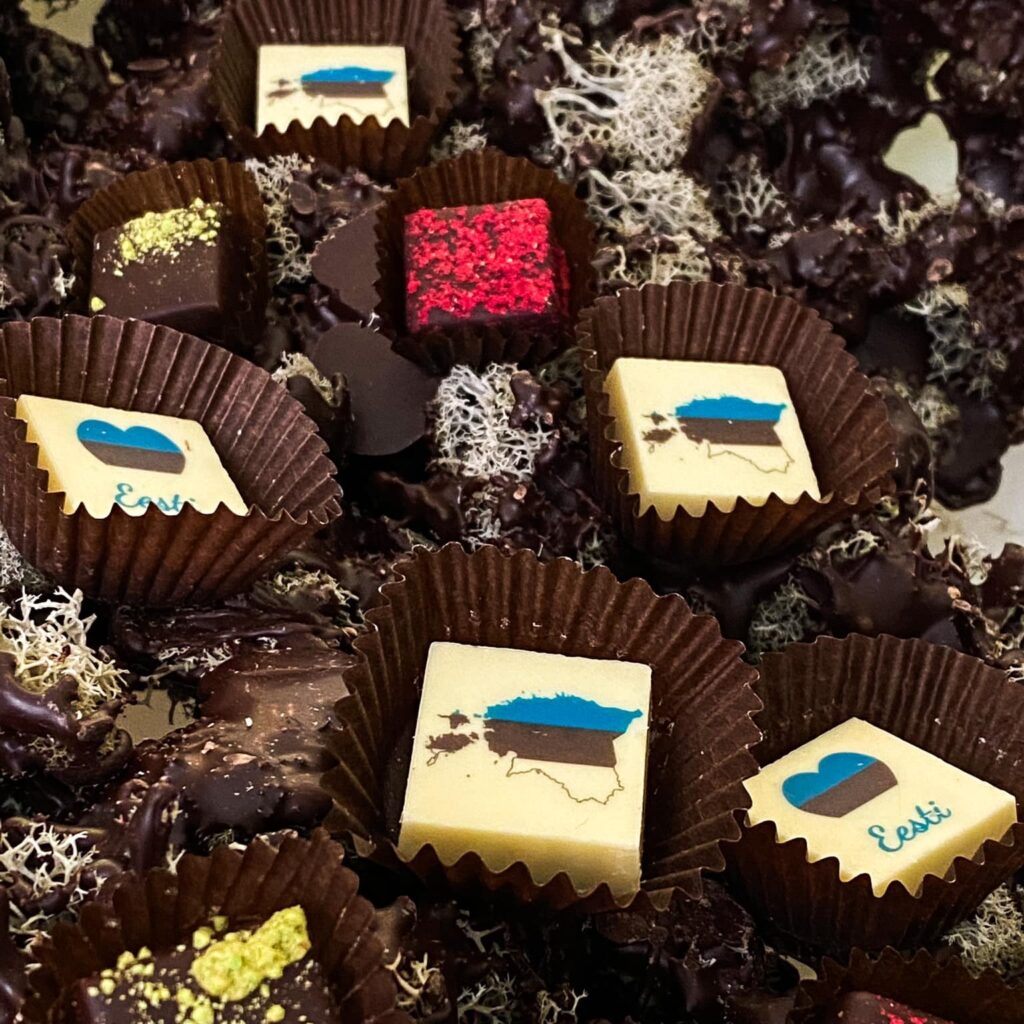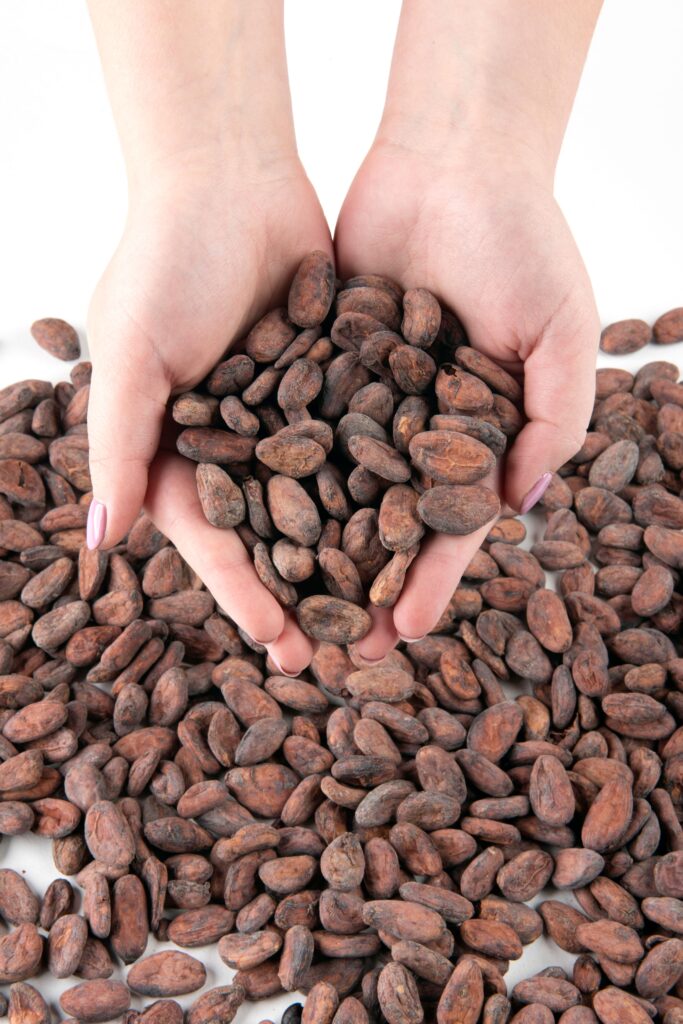Sugar and fat are killing us, so an Estonian chocolate maker uses science to make sweet treats healthier.
This article was published in collaboration with Research in Estonia.
“I can’t let the dreams of a better tomorrow remain a secret,” said engineer Alar Kolk and UC Berkeley professor when he began working with chocolate maker Christy Lettis. “And I can’t allow myself to solve small problems that have no effect.”
As a researcher and president of the European Innovation Academy, Kolk is all about creating new products. He always thinks big, regularly jumping between America and Europe. When Kolk took Chocolat, a small chocolate boutique under his wing, he decided to do nothing less than disrupt the entire food industry in America.
For almost a decade, Chocolat moved at a slower pace. Lettice left her job as a lawyer to spend more time with her family and open her chocolate shop to do what she loves: distributing the sweets!
Located in the old town of Tallinn, the capital of Estonia, the chocolatier is known for its handmade sweets and local products. Sometimes Lettice picks a deer from the forest and adds it to the chocolate.
Lehtis was sold when Kolk joined as a consultant and came up with his big idea. It seemed plausible.

Lehtis, in any case, is rather adventurous.
A few years ago, chocolat turned to science in search of new products. The University of Tartu proposed adding probiotics to chocolate. Marika Mikelsar and Mihkel Zilmer discovered lactobacillus fermentum ME-3 in Its anti-microbial and anti-bacterial properties strengthen digestion and the immune system. What could be better than sipping good-for-you chocolate?
It was now easier for parents to give their children probiotics.
A small shop meets big ideas.
In the year In early 2022, Chocola Lehtis entered the Accelerator Program where she met her mentor Kolk.
Kolk, who has experience in the food and health industry, told Lahtis that chocolate has the potential to disrupt the eating habits of not just three people, but millions.
“Finally, I see how the mindset is changing in Estonia,” Kolk says of the research in Estonia. “Scientists and entrepreneurs are setting their goals and making them happen!”

Kolk uses big data and AI tools to shape the needs of the world’s population.
Market research shows that at least one in two people in the United States is struggling with obesity or high cholesterol. This means that potentially one hundred million adults in America alone will have to opt out of eating sugar and fat. Kolk and Lettice decided to turn their attention to the other side of the Atlantic.
The real struggle here is convincing millions of people to eat healthier and pay more. According to Kolk, if your product is offering ten times more value, it should be priced at that price.
The story of Starbucks inspired him. When the three Seattle owners started their business, coffee was cheap and of low quality. “Back then, a cup of coffee cost 50 cents,” Kolk explained. “Starbucks charged five dollars for a cup and made it taste good.”
Chocolate may have a similar story, as most of the bars on grocery shelves are of poor quality these days.

Over-roasted cocoa beans
Natural cacao beans are rich in antioxidants, minerals and vitamins. Most chocolate factories use chemical processing and cook the beans at high temperatures and most of the goodness in the chocolate is lost. Instead, it replaces it with sugar and fat, making a potential superfood a killer food.
Chocolat and Coke want to change that. They use the latest in modern science to process cocoa beans at low temperatures. Kolk is not eager to reveal how exactly this was achieved, calling it a “mystery”.
They invented sugar and fat free chocolate to make their treats accessible to people struggling with obesity. Sweeteners have replaced sugar with monk fruit, which is often more nutritious than sugar, found in China, and recently becoming popular in America. Removing the fat from the bar means that the chocolate has become powdery. They add cholesterol-lowering properties to this powder. The consumer can mix it with water for hot chocolate instead.
Using the best available science, they are working on a chocolate bar that increases safety and pleasure.

Reaching for desire
Lettice has spent the past decade perfecting her product. “I didn’t do any market research; I just did what I wanted to do,” she explained. “Alar brought with him the science and the focus on sales.”
Chocolat now focuses on selling what it already has rather than trying new ideas. in Industrial Engineering and a Ph.D. In the design of the Mars transportation system, Kolk is a surprising addition to the dessert industry. “The human machine works the same way as the software machine,” he explained with a smile. “They are essentially the same.”
Anyone anywhere, in Tallinn or Berkeley, Kolk believes. Data and science are accessible if you know how and where to look.
“Do you want to learn about chocolate or humanoid processing?” Kolk asks. “The access to knowledge is there, but the real question is – is there access to desire?”
[ad_2]
